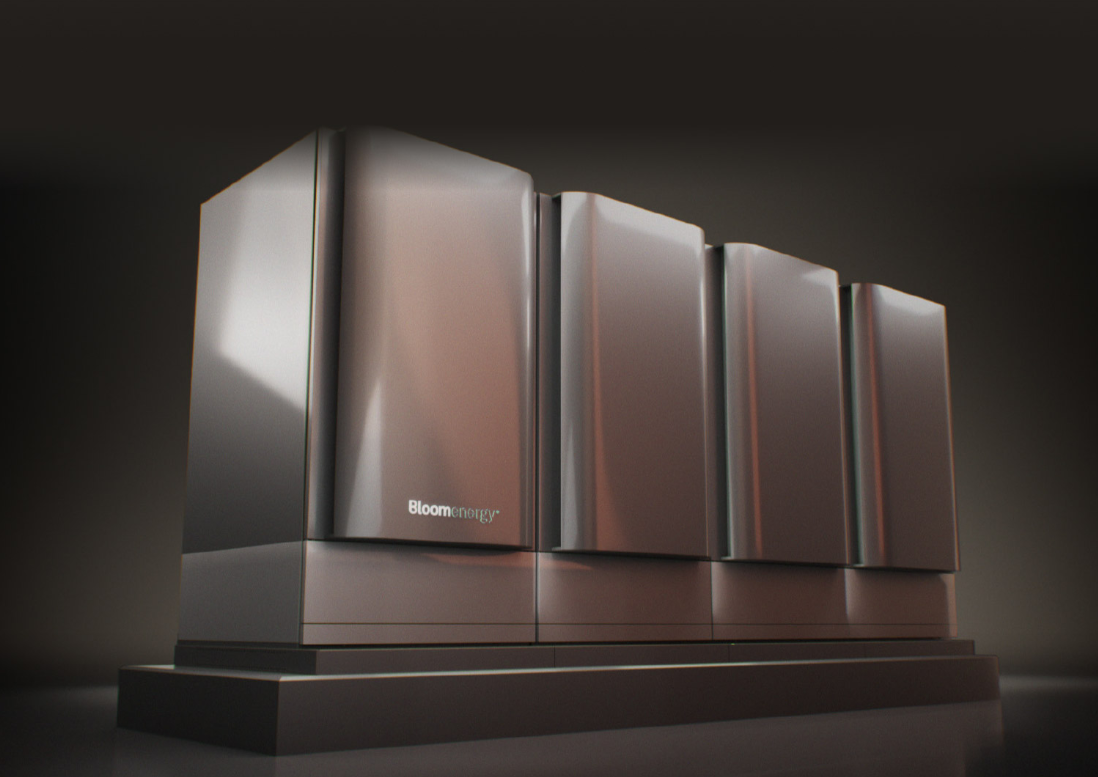United States – The nation’s top facility for nuclear energy research and development, Idaho National Laboratory (INL), and Bloom Energy Corporation jointly announced the preliminary findings of their ongoing demonstration.
Bloom’s high-temperature electrolyzer is producing hydrogen more effectively than other commercially available electrolyzers, including PEM and alkaline, after nearly 500 hours of full load operation at the lab.
In order to fully validate compatibility with nuclear facilities, researchers at INL have been testing Bloom Energy’s solid oxide electrolyzer at the Dynamic Energy Testing and Integration Laboratory. These tests have included steam and load simulations that mimic nuclear power station conditions. The pilot results show that the Bloom Electrolyzer is producing hydrogen at a rate of 37.7 kWh per kilogram and with an LHV (Lower Heating Value) to DC of 88.5 percent when operating at high temperatures and high availability. Additionally, dynamic testing was carried out, which involved ramping the system from its rated power of 100% to 5% in less than 10 minutes without having an adverse effect on the system.
Global demand
Nuclear power plants are in a good position to use electrolyzers to effectively produce large amounts of clean hydrogen with little disruption to ongoing operations because they operate continuously and provide high-quality steam input. By 2050, it is anticipated that the infrastructure for producing and delivering hydrogen will not be able to keep up with the increase in the global demand for hydrogen and its emerging applications. The need to produce hydrogen in greater quantities and from low- and zero-carbon sources is evident as its use shifts from conventional industrial applications to the fuel of the future.
Cost, however, is one of the main obstacles to scalable and abundant hydrogen production; up to 80% of the cost of producing hydrogen through electrolysis is electricity. The Bloom Electrolyzer uses less energy to split water molecules than low-temperature PEM and alkaline electrolyzers because it operates at higher temperatures. When used with external heat, the Bloom Electrolyzer can produce hydrogen up to 45% more efficiently than PEM and alkaline electrolyzers, advancing the economic viability of hydrogen.
The productive partnership is a significant step toward the objective of using clean hydrogen in place of fossil fuels for industrial and commercial applications. Industrial companies are particularly well-suited for low-cost, large-scale hydrogen utilization given their significant energy requirements and growing commitments to produce low-emissions goods and fuels. They are responsible for more than one-third of the world’s energy consumption and a quarter of the CO2 emissions.





